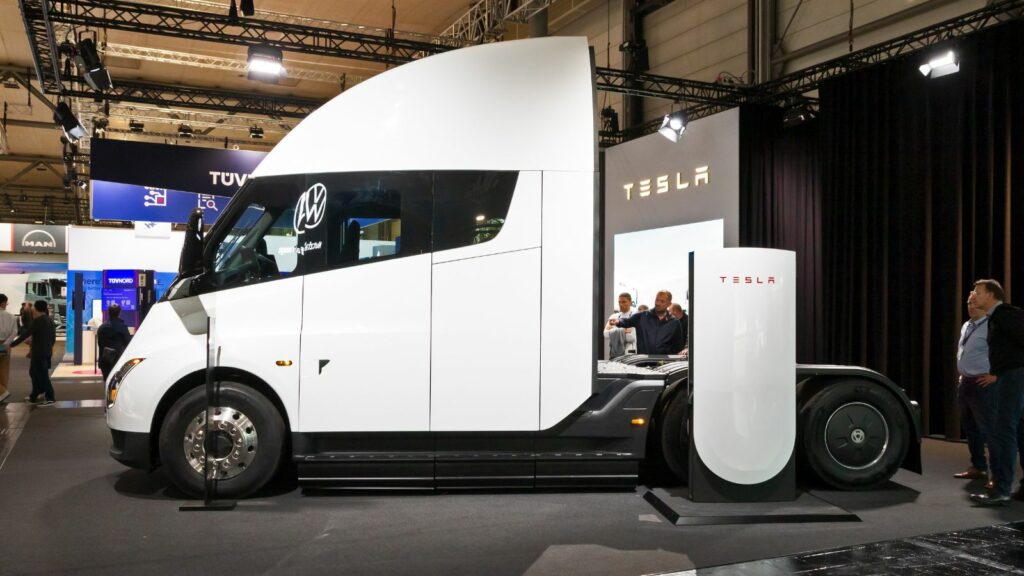When Tesla first unveiled the Semi in 2017, it was pitched as nothing less than a revolution for the trucking world. Elon Musk promised a rig capable of up to 500 miles of range on a single charge long enough to make diesel trucks nervous and enough to silence skeptics who doubted electric power could ever handle long-haul freight. It was a bold promise that generated headlines, preorders from major corporations, and a wave of hype about an electric future for heavy transport.
Now that the trucks are finally in real fleets, reality is setting in. The Tesla Semi may be futuristic and impressive in certain ways, but drivers and fleet managers are learning what the numbers really look like on the open road. And those numbers don’t always match the big promises.
The 500-Mile Dream
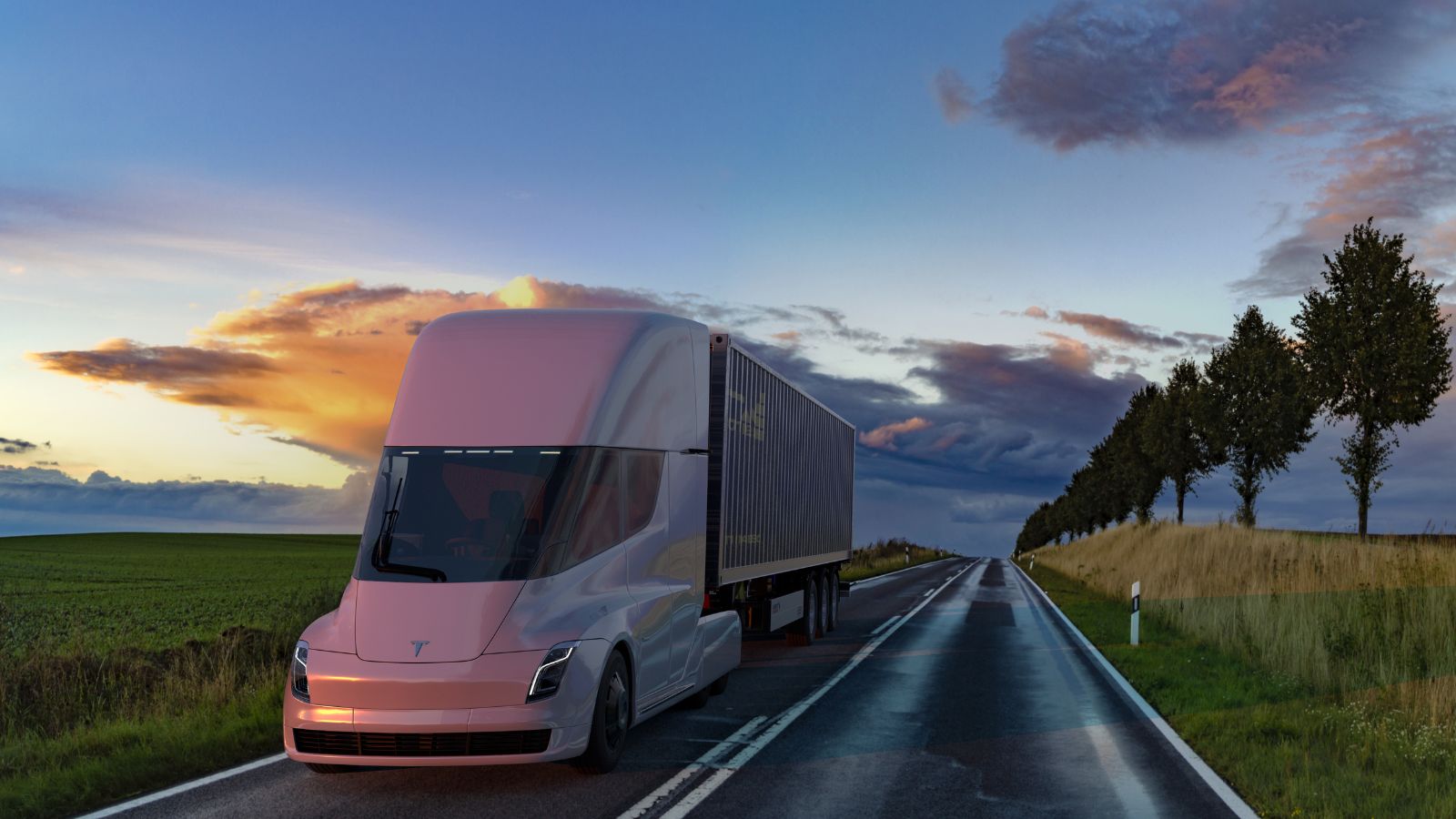
Tesla’s official claim was straightforward: the Semi could travel 300 miles in its base version or 500 miles with the larger battery pack, all while hauling a full load. That number was carefully chosen to mirror what diesel trucks can typically do on a tank of fuel. For large buyers like PepsiCo and Walmart, the idea of a zero-emission semi with true long-haul capability was enough to put down deposits. It made sense on stage, in PowerPoint slides, and in controlled demo runs. But real-world trucking is rarely so neat.
What Drivers Are Actually Seeing
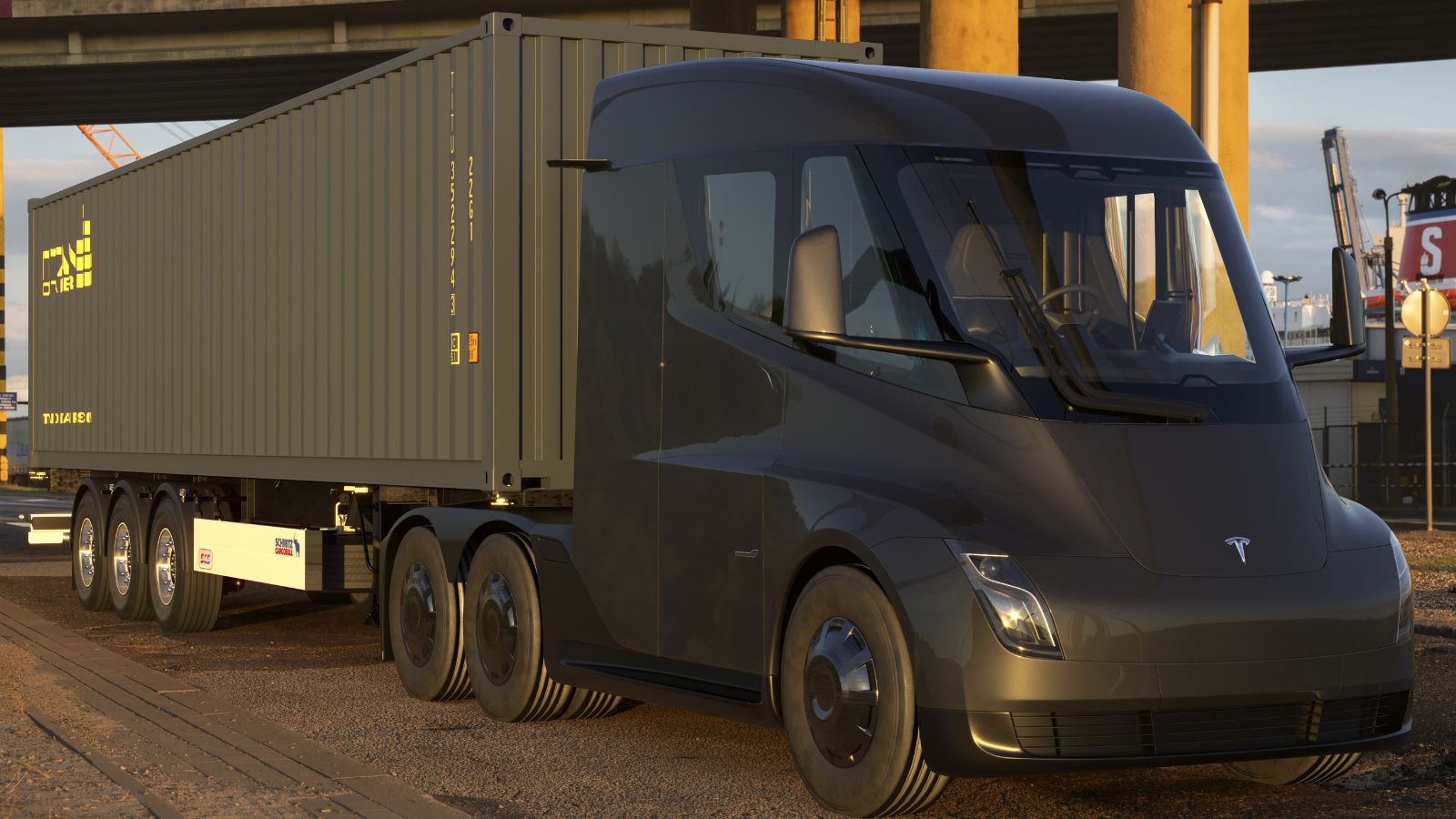
In practice, the Semi struggles to hit the magic 500-mile figure outside of ideal conditions. Light loads, flat terrain, and mild weather are necessary to even approach the high end of its range. Add in the real demands of freight full trailers, mountain climbs, cold or hot weather that forces the climate control to work harder and the range drops quickly. Reports from drivers and early fleet users suggest many trips land closer to 300–350 miles before a recharge is needed. That’s a solid number for regional delivery work, but a far cry from the seamless cross-country capability of diesel rigs.
Heavy Batteries, Lighter Payloads
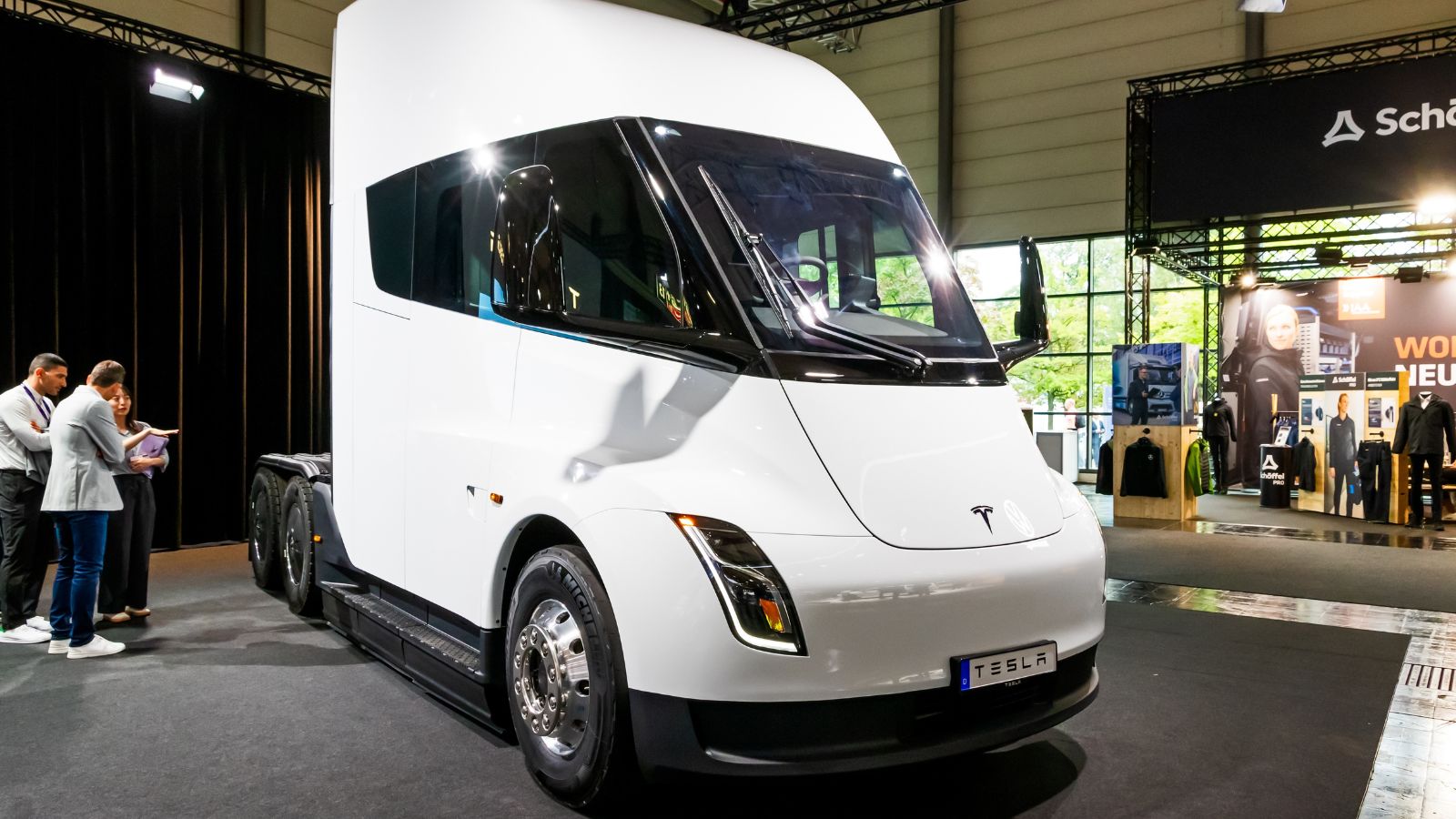
To reach even those ranges, Tesla had to fit the Semi with an enormous battery pack. Estimates put it between 900 and 1,000 kWh in capacity, more than ten times what you’ll find in a Tesla Model S. That’s incredible engineering, but it comes with a cost weight. Every ton of battery eats into the payload a truck can legally haul. In an industry where profit margins depend on maximizing freight per trip, giving up payload capacity for battery mass can undercut the economic equation. A truck that needs more trips to move the same amount of cargo makes less sense for long-haul operators.
Charging Problems That Don’t Go Away
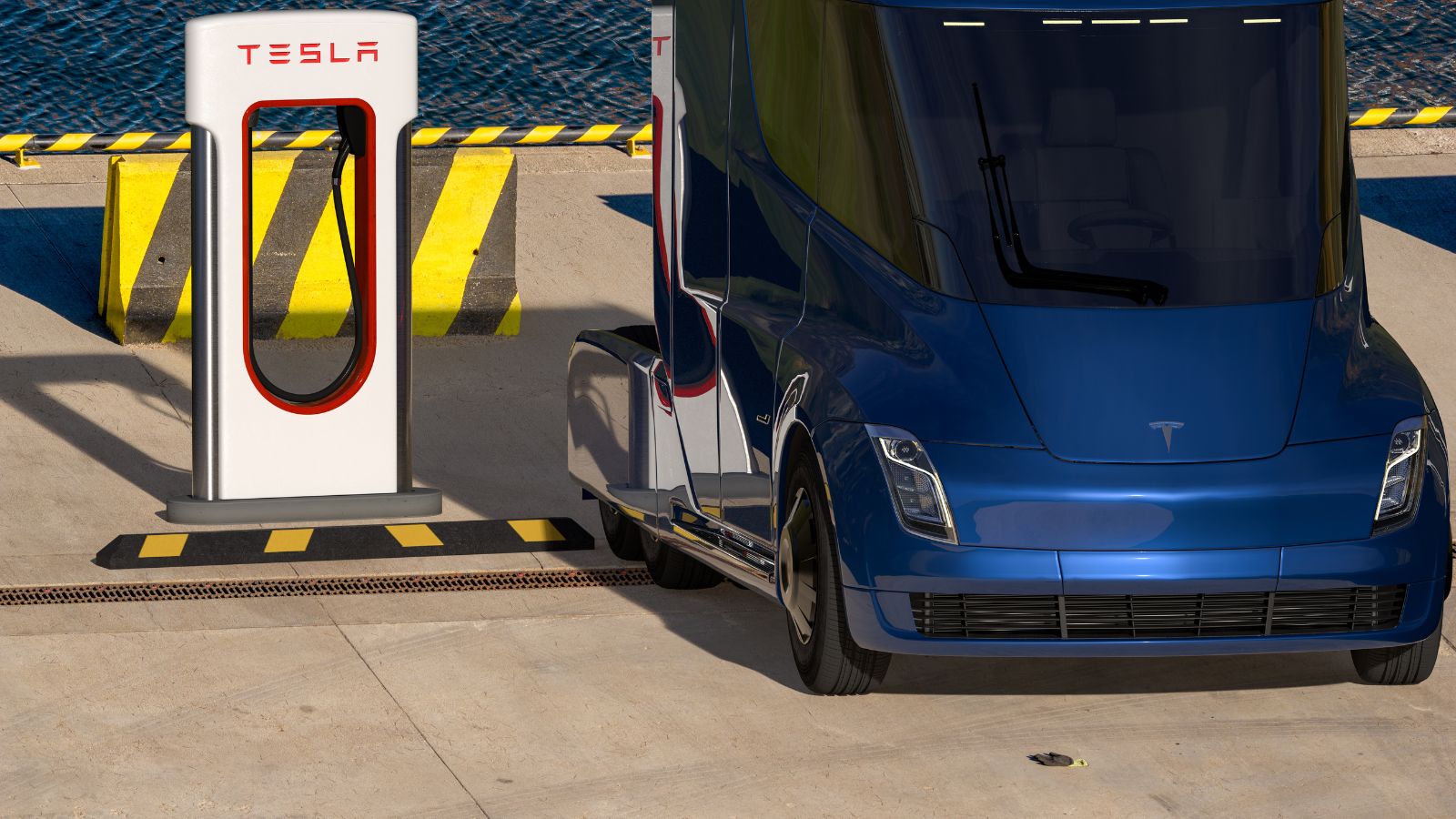
Even if the Semi could consistently deliver 500 miles, the next challenge is keeping it charged. Diesel rigs refuel in minutes at thousands of stations across the country. Tesla has touted its “Megacharger” system as the answer, but the rollout has been slow. As of today, only a handful exist, mainly at PepsiCo depots in California. Without a nationwide network, long-haul runs become difficult to plan, and charging downtime is measured in hours, not minutes. Even a Megacharger session for a battery this size is far from quick.
That reality limits the Semi to short and medium haul routes where fleets can control charging schedules. It works well for predictable delivery loops but not for the open road flexibility that diesel has provided for decades.
The Harsh Demands of Long-Haul Trucking

Long-haul freight is a brutal test for any truck. Rigs regularly travel 500–700 miles in a single day, often with little room for delays. They haul everything from consumer goods to refrigerated cargo that must stay on schedule. Diesel trucks excel here because they can drive long distances without stopping and refuel in minutes almost anywhere in North America.
By comparison, the Tesla Semi’s effective range, charging downtime, and limited infrastructure make it a tough fit for true long-haul work. Drivers who have piloted the trucks often say they’re fantastic to drive smooth, quiet, and powerful thanks to instant torque. But the compromises on range and downtime make it less appealing for the very purpose Tesla claimed it would revolutionize.
Cost of Ownership: The Hidden Equation
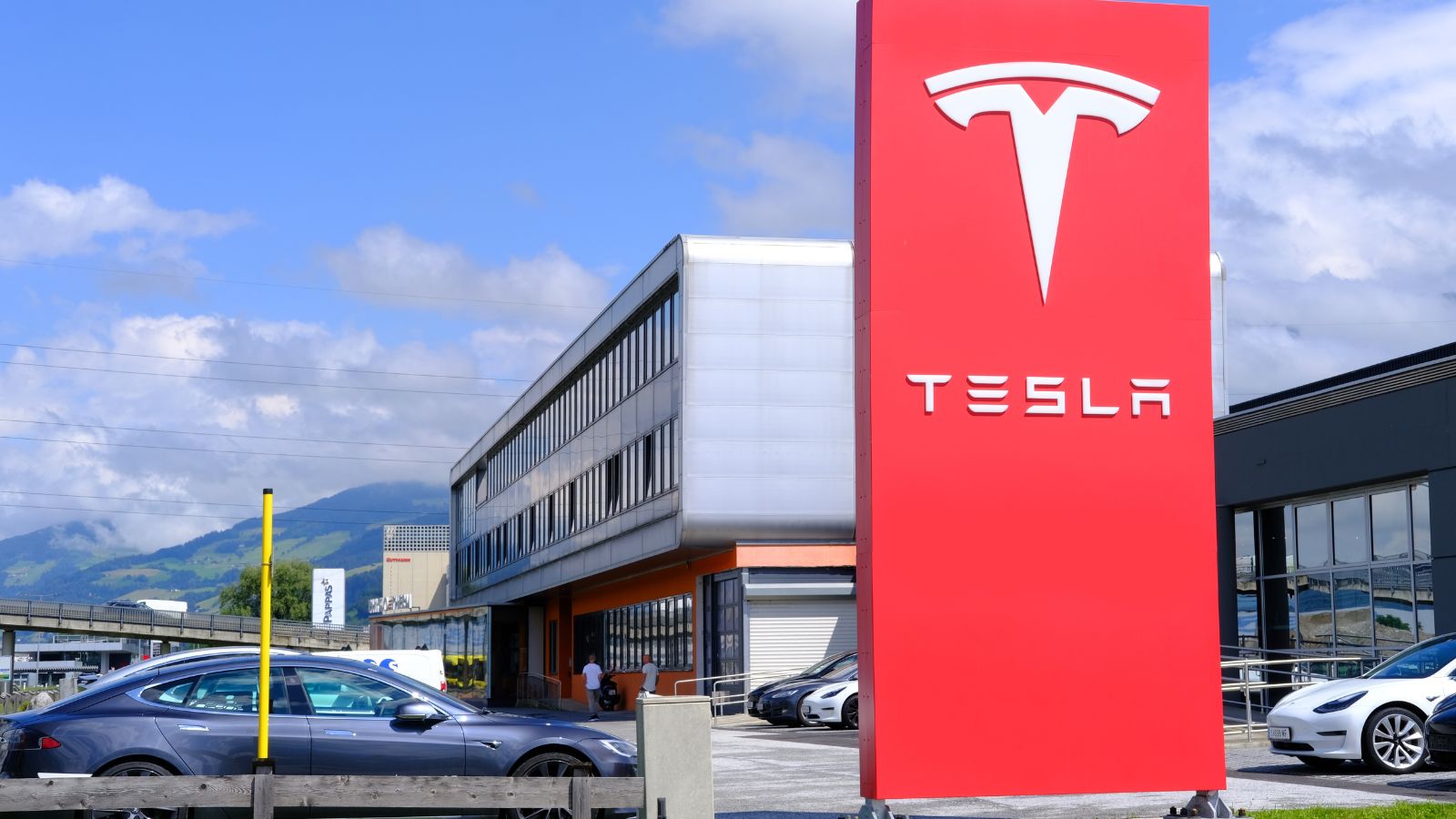
Tesla argued that even if the Semi cost more upfront, fleets would save over time with lower fuel and maintenance costs. Electricity is often cheaper than diesel, and EVs have fewer moving parts. That’s true to an extent, but the math becomes murkier with downtime for charging, reduced payload capacity, and the massive cost of replacing or maintaining a battery pack of this size.
Battery degradation is another looming concern. Passenger EVs typically lose 10 20 percent of range after years of use. On a Semi, where every mile matters, even a 15 percent loss could slash hundreds of miles of usable range, forcing more frequent stops and cutting into profitability. Fleets that expected long lifespans may be facing expensive replacements earlier than they’d hoped.
The Hydrogen Alternative
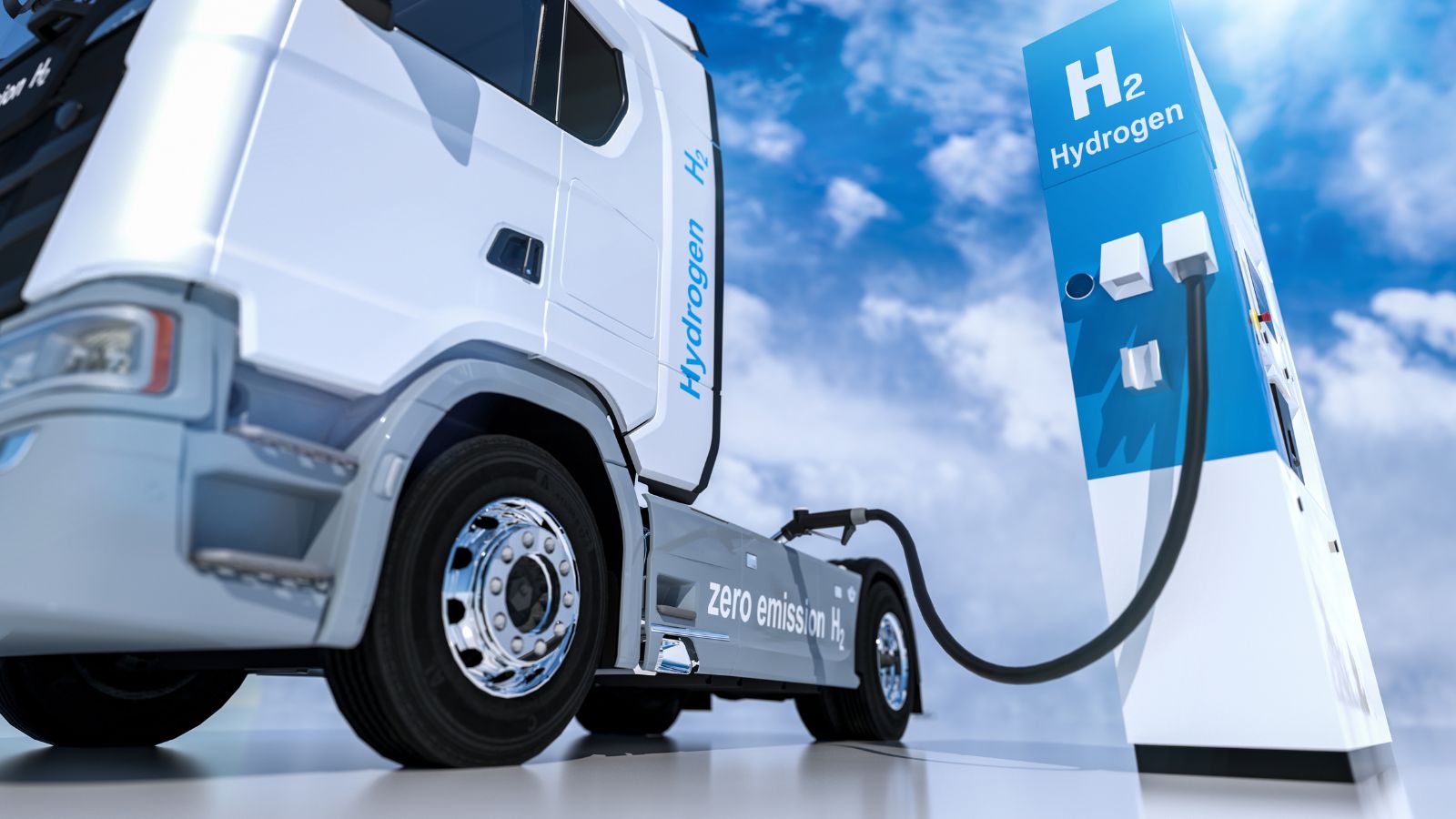
While Tesla pushes battery-electric solutions, other manufacturers are betting on hydrogen fuel cells as a better fit for long-haul trucking. Companies like Toyota, Hyundai, and Nikola argue that hydrogen offers faster refueling, lighter weight, and comparable range to diesel. The infrastructure is just as sparse as Megachargers today, but the concept may ultimately prove more scalable for cross-country freight. In that context, Tesla’s all-in battery approach looks bold but possibly mismatched to the toughest trucking demands.
The Road Ahead for the Semi

Tesla isn’t done yet. Improvements in battery chemistry, lighter materials, and charging infrastructure could gradually make the Semi more viable for longer routes. Fleets using the truck for regional deliveries are generally positive, especially in California where emissions rules are tightening. But until the 500-mile promise becomes a reliable reality under full loads, the Semi will remain a niche tool, not the diesel killer Musk envisioned.
The Hype
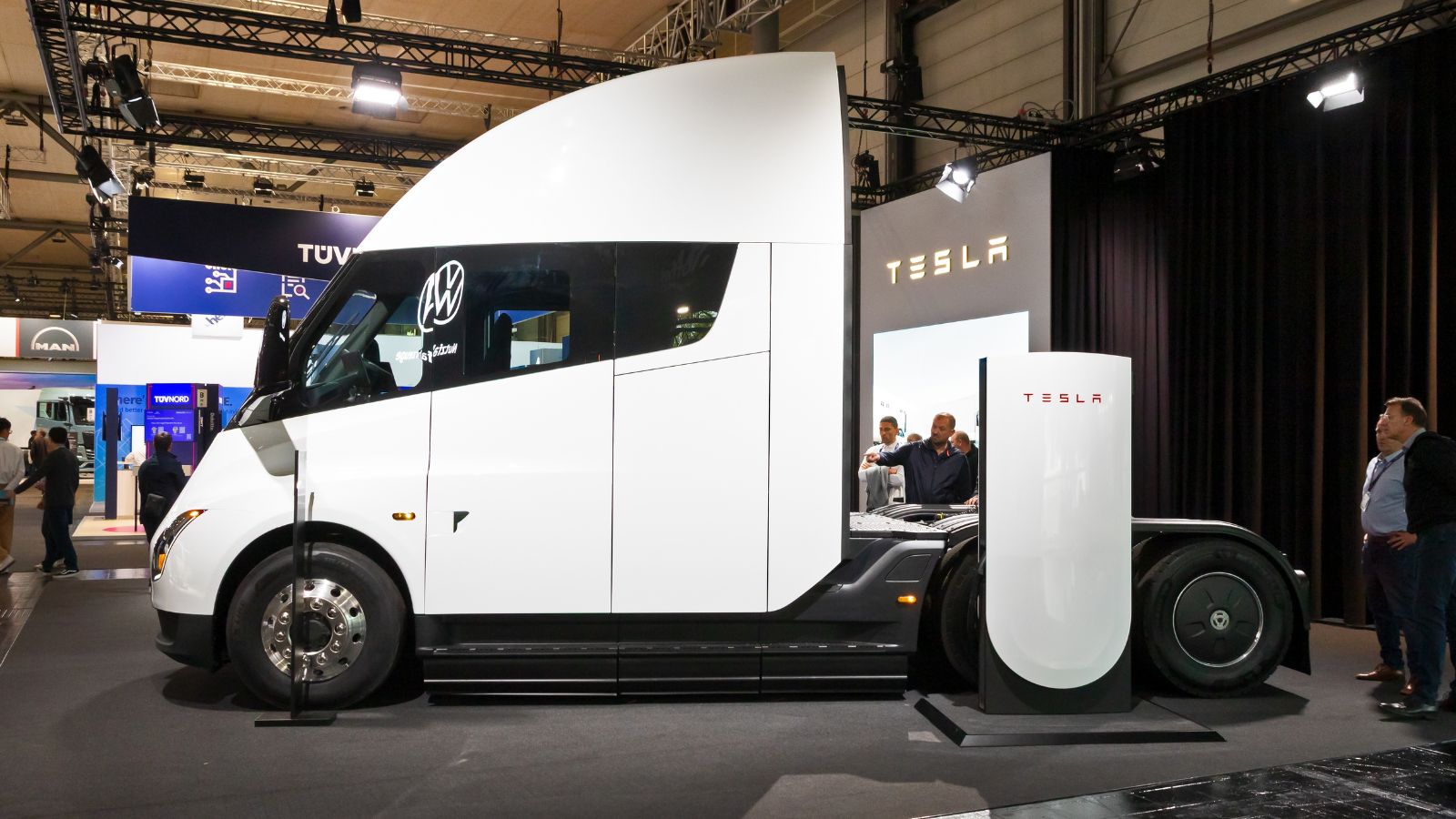
Tesla’s Semi is an impressive feat of engineering and a glimpse at what an electric future might look like. But when it comes to long-haul trucking, the reality hasn’t caught up to the promise. Instead of a consistent 500-mile range, drivers are seeing closer to 300. Instead of quick refueling, they face long charging sessions. And instead of a diesel replacement, they have a specialized tool suited mainly for regional work.
The hype around the Semi showed what was possible. The experience of drivers and fleets shows what is practical. Until technology and infrastructure bridge that gap, diesel will remain king of the open road, while the Tesla Semi stays closer to home than its bold promises ever suggested.
25 Facts About Car Loans That Most Drivers Don’t Realize

Car loans are one of the most common ways people fund car purchases. Like any other kind of loan, car loans can have certain features that can be regarded as an advantage or a disadvantage to the borrower. Understanding all essential facts about car loans and how they work to ensure that you get the best deal for your financial situation is essential. Here are 25 shocking facts about car loans that most drivers don’t realize:
25 Facts About Car Loans That Most Drivers Don’t Realize
